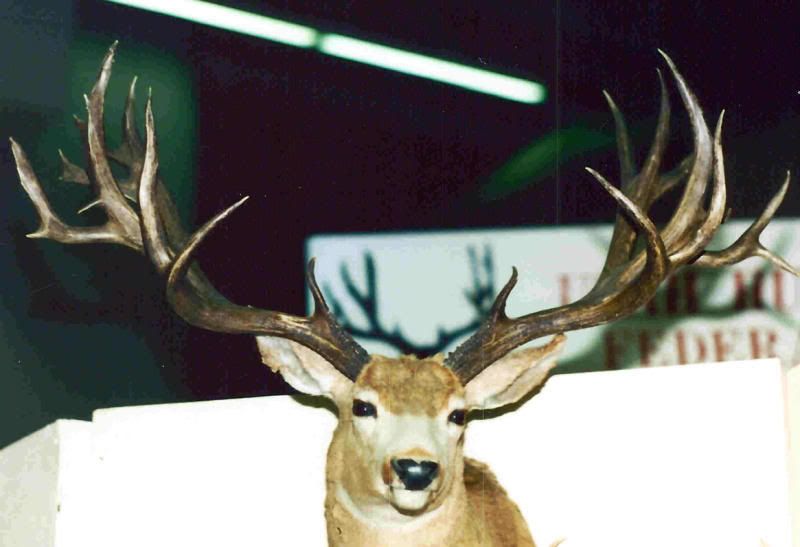Small-town, Big-time Taxidermist in Magdalena, New Mexico

Taxidermy makes lasting trophies
——————————————-
Hunting season doesn’t just comprise the hunter and the animal being hunted, but also the taxidermist who chooses to bring the animal back to life in a whole new way.A taxidermist is given the task of mounting the animal for display by incorporating a process that evolves over several months. Learning the craft doesn’t exactly come at an easy price, however, since the cost of taxidermy schooling can be in the thousands.
Taxidermy can be learned through an alternate route, though. Demecio Silva, co-owner of Heads & Tails Taxidermy in Magdalena, learned the craft by observing.
“I learned it the hard way because I didn’t have the money,” he said.
Silva is a self-taught taxidermist who has been around hunting all of his life. Silva said he thought about going to taxidermy school about eight years ago, but the $10,000 cost was too great.
Silva said he used to sweep around the taxidermy shops and watched the details that went into all of the different stages.
This careful observation paid off because Silva and co-owner Joe Don Autrey are now award-winning New Mexico state taxidermists with a successful business.
Silva said he and Autrey attended a taxidermy competition at the Sky City Casino in Acoma held in March. Silva received second place in the state in his category with a bull elk mount and third place with his mule deer mount.
Autrey received third place in the state in his category with his two white-tailed deer mounts.
The competition at the casino included about 70 participants from all over the state. Silva said they also did very well in a competition in Las Cruces.
Silva and Autrey have been competing for about three years and they’ve been in business for seven years.
The taxidermy process occurs through several stages that take months to complete.
Silva said the first stage is the “fleshing” stage, where all the flesh is taken off and the hide is salted and dried. This stage usually takes two to three months.
Next, the animal hide is sent to Idaho to get tanned. This is about a three to four month process.
The hide is then stuffed with styrofoam and mounted. The artificial eyes are put in place and the product is finished.
Heads & Tails Taxidermy is strategically located in Magdalena. Silva said their business location has changed a couple of times and is currently beginning to settle down right off Kelly Road.
The strategy of having the business right off of the highway has paid off, since people traveling through for hunting season get to see it.
“Everybody traveling down U.S. 60 has to pass through Magdalena,” Silva said.
Silva and Autrey have mounted caribou for clients from as far away as Alaska. Silva said they only produce competition mounts, not commercial mounts. Competition mounts include finer detail in areas such as the inside of the mouth and nose.
Apart from the business, Silva is also a guide for Three Lynx Outfitters, where he directs hunting groups. He said New Mexico is one of the states that produces the biggest trophy animals.
Heads & Tails Taxidermy has more than 1,000 mounts to choose from for any size of animal, and it’s open daily from 5 p.m. to 9 p.m. Silva can be contacted at 505-418-8215 and the office number is 505-854-2453.

